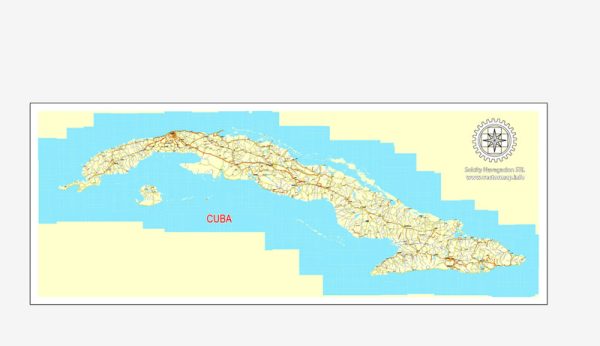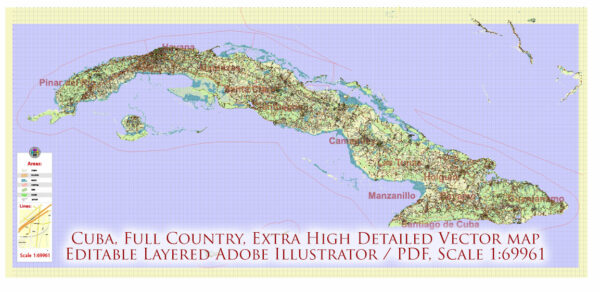Cuba is known for its vibrant culture, beautiful landscapes, and historical significance. When it comes to recreation and tourism, the country has a lot to offer. Here are some of the key aspects of recreation and tourism in Cuba:
- Beaches: Cuba is famous for its stunning beaches. Varadero, Cayo Coco, and Playa Ancon are just a few of the many beautiful beach destinations in Cuba. Visitors can enjoy water sports like snorkeling, scuba diving, and windsurfing, or simply relax on the pristine sands.
- Cultural Tourism: Cuba has a rich cultural heritage. Havana, the capital city, is a UNESCO World Heritage site with its historic Old Town (Habana Vieja) and classic cars. Visitors can explore museums, galleries, and theaters to learn about Cuban art, music, and history. Don’t miss the Tropicana Cabaret for a taste of Cuban entertainment.
- Cigar Tourism: Cuba is famous for its cigars, and many tourists visit the country to learn about the cigar-making process. You can tour tobacco farms in Vinales or visit the tobacco factories in Havana to witness skilled artisans crafting world-renowned cigars.
- Eco-Tourism: Cuba is also known for its natural beauty. The Viñales Valley offers lush landscapes, and the Zapata Peninsula is a haven for birdwatchers. The country has several national parks and biosphere reserves, making it an excellent destination for eco-tourism.
- Adventure Tourism: If you’re an adventure enthusiast, you can go hiking, caving, or rock climbing in Cuba. The Sierra Maestra Mountains offer opportunities for trekking and exploring.
- Music and Dance: Cuba is the birthplace of many music and dance styles, such as salsa, mambo, and cha-cha-cha. Visitors can enjoy live music at various venues, take dance classes, or even attend music festivals like the Havana Jazz Festival.
- Historical Sites: Cuba has a rich history, and there are many historical sites to explore. The Morro Castle in Havana, the Che Guevara Mausoleum in Santa Clara, and the colonial town of Trinidad are just a few examples.
- Food and Cuisine: Cuban cuisine is a blend of Spanish, African, and Caribbean influences. Try traditional dishes like ropa vieja, moros y cristianos, and Cuban sandwiches. You can also visit local paladares, privately owned restaurants, for an authentic taste of Cuban food.
- Rum and Cocktails: Cuba is famous for its rum, with brands like Havana Club. Enjoy classic Cuban cocktails like the mojito, daiquiri, and piña colada at local bars and cafes.
- Festivals: Cuba hosts numerous festivals throughout the year, celebrating everything from music and dance to cigars and literature. The Havana International Film Festival and the Santiago de Cuba Carnival are among the most popular.
- People and Culture: Interacting with the friendly and hospitable Cuban people is an integral part of the Cuban experience. Engaging in conversations and experiencing the local way of life can be a rewarding aspect of your trip.
When planning a trip to Cuba, make sure to research the current travel regulations, as they can change, and it’s essential to be aware of visa requirements and any travel advisories. Additionally, consider booking accommodations and activities in advance, especially during peak tourist seasons, to ensure a smooth and enjoyable visit.



 Author: Kirill Shrayber, Ph.D.
Author: Kirill Shrayber, Ph.D.